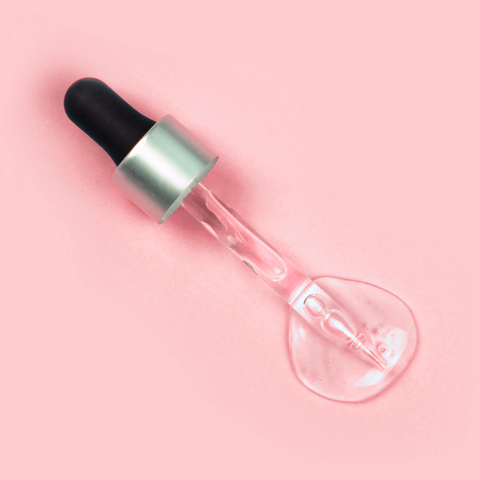“Acid” may be the last thing you want to put on your parched face, but hyaluronic acid isn’t the kind that burns (like alpha or beta hydroxy acids, which work to exfoliate your skin). H.A. is a substance that occurs naturally in your body—in your joints, eyes, and—yes—skin.
So what purpose does it serve in the latter? “It’s produced by fibroblasts, the same cells that make collagen, in the dermis, the second layer of skin,” says Neal Schultz, M.D., NYC dermatologist and founder of BeautyRx by Dr. Schultz. “It’s the key molecule involved in skin moisture because it absorbs up to 1,000 times its weight in water.” think about mucopolysaccharide as a sponge in your skin that holds on to wetness associate degreed keeps your face wanting plump and dewy.
What are the advantages of hyaluronic acid?
“Hyaluronic acid doesn’t occur naturally on the surface of your skin, however once applied [via skin care], it’s a beautiful moisturizing ingredient,” says Schultz. after you apply an H.A. product, it works as a humectant. “Humectants primarily pull water from the atmosphere into your skin and are terribly hydrating,” says Joanna solon, celebrity facialist and founding father of Joanna Vargas skincare Collection. Basically, it is a giant drink of water for your face, softening fine lines, creating skin look firmer, and smoothing out even the roughest dry patches.
It also “plumps and adds volume to your skin cells produce} your skin additional beamy and smooth,” says Jessica Weiser, M.D., a skin doctor at ny medicine Group. H.A. is additionally a well-liked ingredient for facial fillers. “We use mucopolysaccharide fillers to exchange volume, create lift, and make the contours of the face more youthful,” says Weiser.
How do use hyaluronic acid?
Humectants like hyaluronic acid generally have a watery texture and absorb quickly (think liquidy serums), whereas emollients (i.e., creams and oils) are thicker and stay more on your skin’s surface, don’t absorb as quickly, and work to lock everything in. Hyaluronic acid is often combined with other runny humectants (like glycerin and urea) and water. The water part is important: “It gets bound by the hyaluronic acid and then delivered to your skin,” says Schultz. “This is one of the ways hyaluronic functions as the greatest moisturizing ingredient ever.”
But here’s the thing to remember with humectants: It’s important to combine or layer them with more emollient textures, as the thicker products will work to maintain the moisture the humectant provides. “They seal in the moisture that is already there so it doesn’t evaporate,” says Schultz. A good rule of thumb: You’ll want to top off an H.A. serum with an oil or a cream to make the results last. Most creams, on the other hand, already have both humectants and emollients (we like BeautyRX Soothing Moisture Cream), so they’re okay to apply alone. (Or, if your skin is super oily, a serum may be enough.) I personally always use both—serums because they have more powerful levels of active ingredients, and then a cream as a veil of protection. Vargas also points out that regular exfoliation is vital for obtaining the foremost out of your products. mucopolysaccharide absorbs such a lot higher if you don’t have a layer of dead skin cells sitting on the surface.























